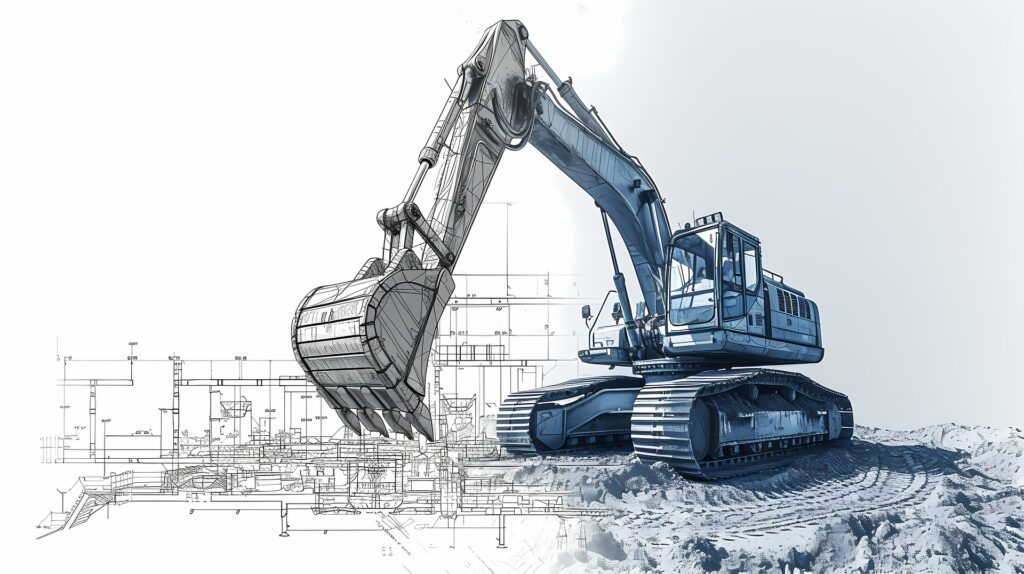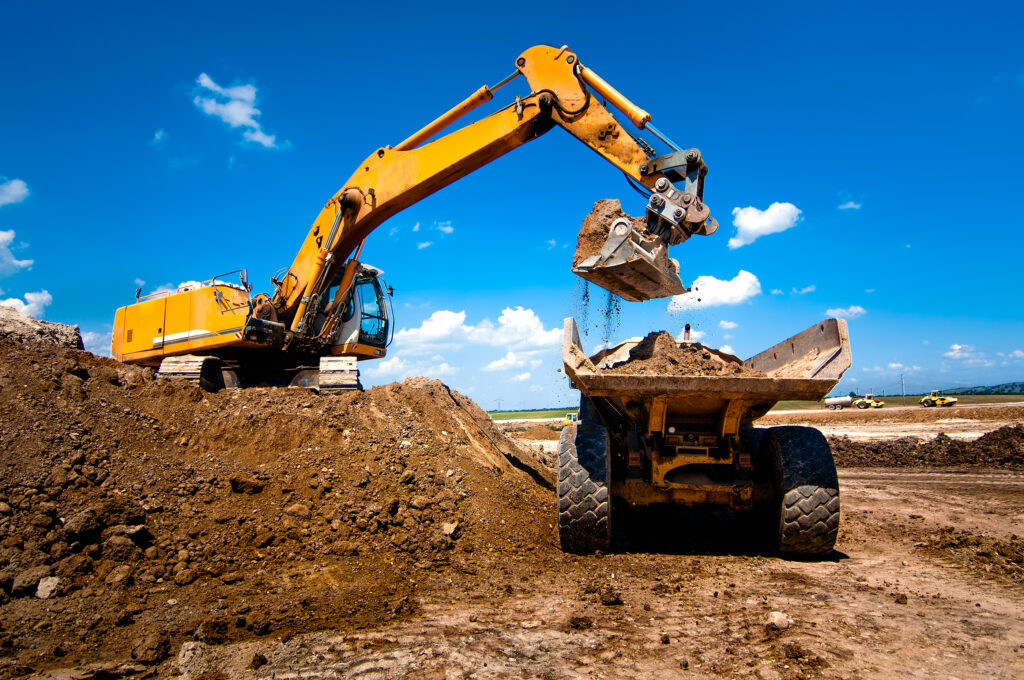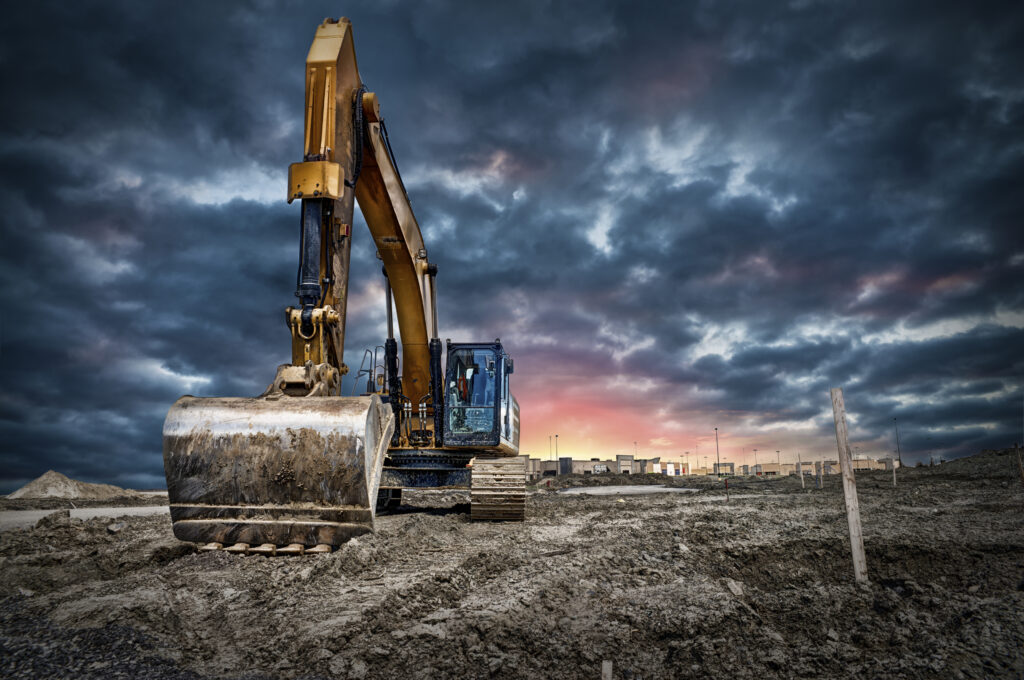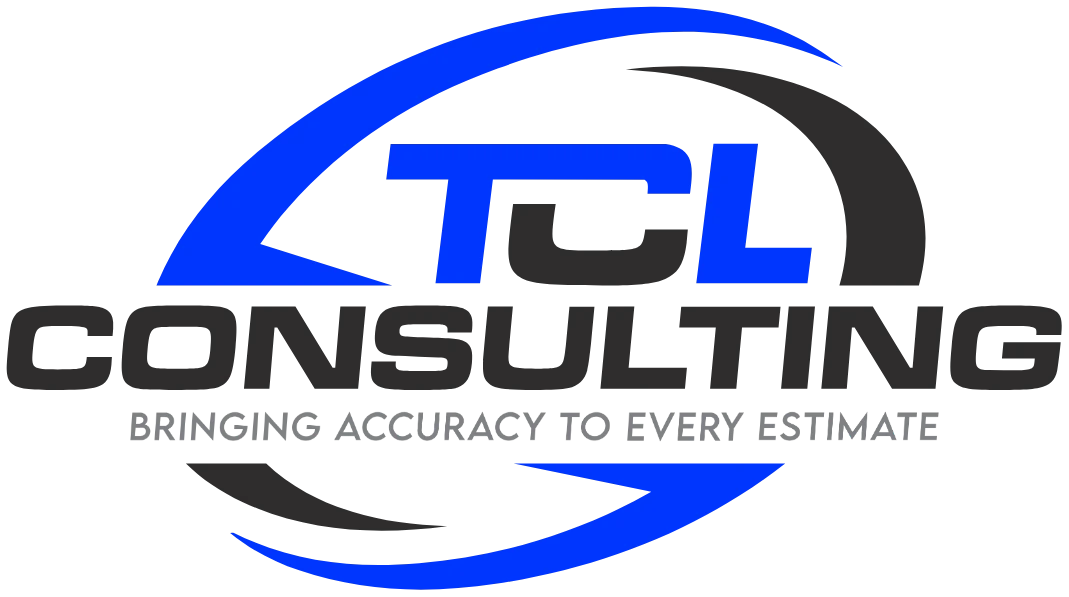
GPS machine control has changed the way dirt contractors move material. With the right system, a dozer, grader, or excavator can hit grade with precision, reduce rework, and eliminate the need for excessive staking. But here’s the catch—a machine control system is only as good as the model it’s running.
When the model is wrong, machines don’t hit grade correctly, and operators are left second-guessing elevations. The result? Wasted time, wasted fuel, and unnecessary rework that could have been avoided with a properly built three-dimensional machine control model.
What Happens When a Machine Control Model is Poorly Built?
A bad machine control model can cause serious problems in the field. Here are some of the most common issues contractors face when using an inaccurate or incomplete model:
- Incorrect elevations lead to machines cutting too deep or leaving material where it shouldn’t be, causing unnecessary rework.
- Missing or incomplete data can result in poorly defined curbs, gutters, pad elevations, and tie-ins, forcing crews to make adjustments in the field.
- Misalignment with site conditions occurs when the model does not match the existing topography, leading to unplanned material movement and wasted time.
- Poorly defined slopes and drainage cause water pooling, erosion, and long-term pavement failures.
- Over-simplified models slow down operators, forcing them to stop and check grades manually instead of trusting the GPS system.
These issues don’t just delay projects—they directly impact profitability. Contractors end up spending extra on labor, fuel, and materials to correct mistakes that should have been prevented from the start. The difference between a profitable job and one that runs over budget often comes down to having a well-built machine control model that eliminates unnecessary adjustments and delays.

What a High-Quality Three-Dimensional Machine Control Model Should Include
A reliable machine control model should provide clear and accurate guidance to operators, ensuring that grading, excavation, and paving work is performed efficiently and correctly. A properly built three-dimensional model should include:
- Accurate elevations, ensuring that all cut and fill calculations match site design requirements.
- Detailed surface models that reflect final site conditions, including roads, parking lots, and building pads.
- Proper drainage considerations, incorporating stormwater flow, ditches, and retention ponds to prevent water-related issues.
- Seamless tie-ins and transitions between existing and proposed grades to minimize unexpected rework.
- Clarity for operators, making it easy to execute grading work with confidence and accuracy.
How Optimized Machine Control Models Improve Construction Efficiency
The right machine control model streamlines the grading process, reducing the need for traditional staking and manual grade checking. When models are properly prepared, machines can operate with minimal interruptions, leading to:
- Faster project completion due to reduced downtime and fewer grading corrections.
- Lower material costs by eliminating over-excavation and unnecessary hauling of dirt.
- Improved accuracy that prevents rework and costly change orders.
- Increased job site safety by reducing the need for workers to manually check grades around heavy equipment.

The Bottom Line: Three-Dimensional Machine Control Models Drive Production
Machine control technology is a powerful tool, but its effectiveness is entirely dependent on the accuracy of the model being used. Even the best GPS system on the market cannot correct bad data. If a model is incomplete or inaccurate, operators will struggle to maintain grade, machines will waste fuel, and costly delays will pile up.
At TCL Consulting, I build three-dimensional machine control models that are designed for real-world conditions, not just theoretical plans. I ensure that every detail is accurate, every elevation is correct, and every transition is seamless so that your machines can work efficiently without interruptions.
If you’re tired of dealing with bad data and unexpected grading issues, let’s make sure your next project starts with a machine control model that keeps your job on schedule and your costs under control.
